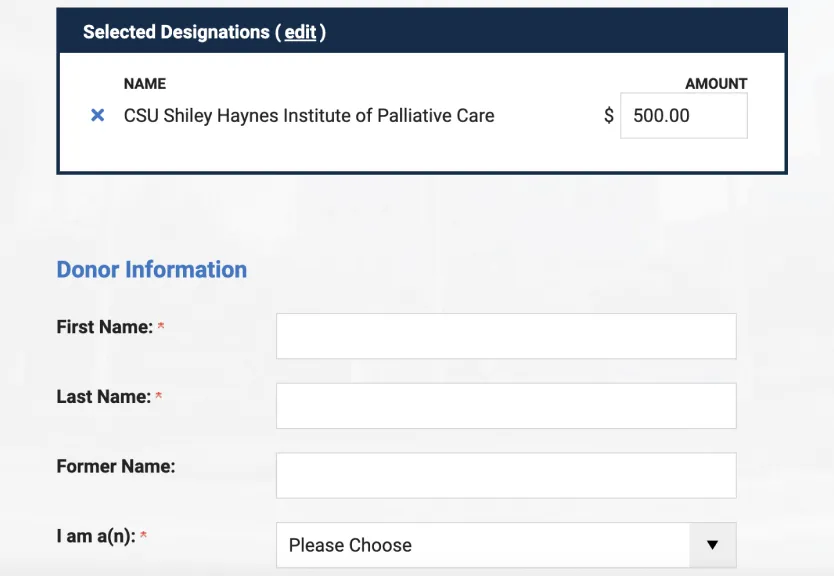What I Learned From Off-the-Charts Pain
A week after my first chemo infusion for breast cancer, I woke up feeling like I’d been beaten with sticks. By mid-morning, my temperature was 103◦ and I headed to the ER. By the time I was admitted with neutropenic fever, I was discovering the true meaning of the phrase “My head is about to explode.”
The pain was unbelievable. I couldn’t think, I couldn’t see, I could barely hear what seemed like a parade of disembodied voices offering this or that remedy, all of which had exactly zero effect on the pain.
The morphine had an effect—but not the desired one. The only thing that helped at all, the only thing that got me through the next 48 hours, was a CD player, headphones, and the neoclassical dark wave group Dead Can Dance on continuous replay.
My experience with off-the-charts pain was mercifully brief, but the big lesson I learned—the one that anyone caring for someone with serious illness knows—is that until you handle the pain, nothing else matters.
And that sometimes pharmaceuticals work and sometimes they don’t. Sometimes you need Dead Can Dance, or Reiki, or acupuncture, or a purring cat. Sometimes you might need cannabis. Sometimes you might need several approaches at once.
September is Pain Awareness Month and, in recognition, we are launching two brand-new instructor-led courses, Practical Pain Management Approaches for Advanced Illness, and Cannabis in Hospice and Palliative Care. Both build needed clinical skills and confidence in this critical area of patient care.
Our newly released palliative nutrition courses, Food Is Medicine, provide yet another perspective on this all-important topic.
Many interventions can be effective in pain management, but only from the hands of someone who truly understands the drug or technique, how to prescribe or administer it, how to monitor its effects, and the whole-person context of the patient’s suffering.
With these courses, and their expert instruction, that person can be you.




